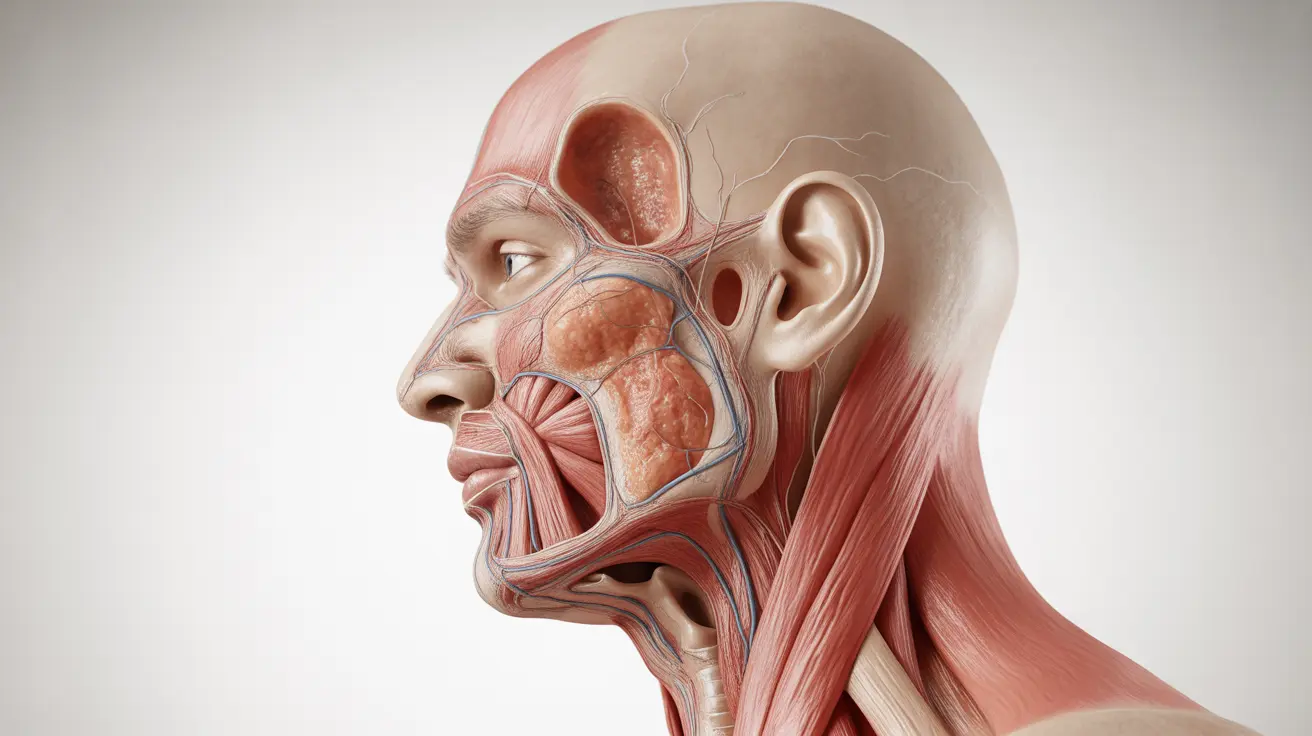Noticing changes in your hair's thickness or discovering more strands on your pillow can be concerning. Understanding whether you're experiencing normal hair shedding or early signs of balding is crucial for taking appropriate action. This comprehensive guide will help you identify the signs of balding, understand its causes, and explore available treatment options.
Early Warning Signs of Hair Loss
Recognizing the early indicators of balding can help you address the issue promptly. Here are the key signs to watch for:
Changes in Your Hairline
The most noticeable early sign is often a receding hairline, particularly in men. This typically begins at the temples, forming an M-shaped pattern. Women may notice their part becoming wider or their hairline gradually moving back.
Increased Hair Shedding
While losing 50-100 hairs daily is normal, excessive shedding during washing or brushing could indicate the beginning of balding. Pay attention if you notice more hair than usual on your pillow or in the shower drain.
Thinning Crown
Another common sign is progressive thinning at the crown of the head. This may initially appear as a widening part or a more visible scalp when hair is wet or styled differently.
Understanding the Causes of Hair Loss
Hair loss can occur for various reasons, and understanding the underlying cause is essential for proper treatment:
Genetic Factors
Androgenetic alopecia, or pattern baldness, is the most common cause of hair loss in both men and women. This condition is influenced by genetics and hormones, particularly dihydrotestosterone (DHT).
Medical Conditions
Several health conditions can contribute to hair loss, including:
- Thyroid disorders
- Autoimmune conditions
- Nutritional deficiencies
- Stress-related hair loss (telogen effluvium)
Treatment Options and Prevention
If you're experiencing hair loss, several treatment approaches are available:
Medications
FDA-approved treatments include minoxidil (topical) and finasteride (oral, for men only). These medications can help slow or stop hair loss and potentially stimulate new growth when used consistently.
Lifestyle Changes
Certain modifications can support healthy hair growth:
- Maintaining a balanced diet rich in proteins and vitamins
- Managing stress levels
- Using gentle hair care products
- Avoiding harsh styling techniques
Advanced Treatments
For more severe cases, consider:
- Platelet-rich plasma (PRP) therapy
- Hair transplant surgery
- Laser therapy
- Scalp micropigmentation
When to Seek Professional Help
Consider consulting a dermatologist or trichologist if you notice rapid hair loss, unusual patterns of shedding, or if hair loss is accompanied by scalp irritation or other symptoms. Early intervention often leads to better outcomes.
Frequently Asked Questions
What are the early signs that indicate I might be balding?
Early signs include a receding hairline, increased hair shedding, thinning at the crown, and a wider part line. You might also notice more scalp visibility and changes in how your hair responds to styling.
How can I tell if my receding hairline means I am balding or if it's normal aging?
A receding hairline due to normal aging tends to be gradual and symmetrical. Balding typically shows more pronounced recession at the temples, forming an M-shape, and may progress more rapidly than age-related changes.
What causes balding and how does male pattern baldness differ from female pattern baldness?
Male pattern baldness typically begins at the temples or crown, forming an M-shaped pattern. Female pattern hair loss usually presents as overall thinning, particularly at the crown, while maintaining the frontal hairline. Both are influenced by genetics and hormones, but the progression patterns differ.
When should I see a doctor about my hair loss or thinning hair?
Consult a healthcare provider if you experience sudden or severe hair loss, unusual patterns of hair loss, scalp pain or irritation, or if hair loss significantly impacts your emotional well-being.
What treatment options are available to prevent or slow down balding?
Treatment options include FDA-approved medications like minoxidil and finasteride, lifestyle changes, proper hair care practices, and advanced treatments such as PRP therapy or hair transplantation. The best approach depends on the cause and severity of your hair loss.




